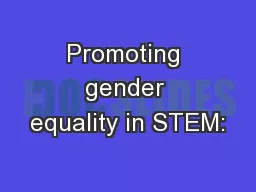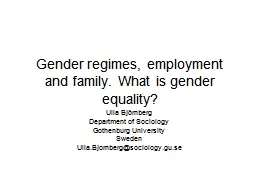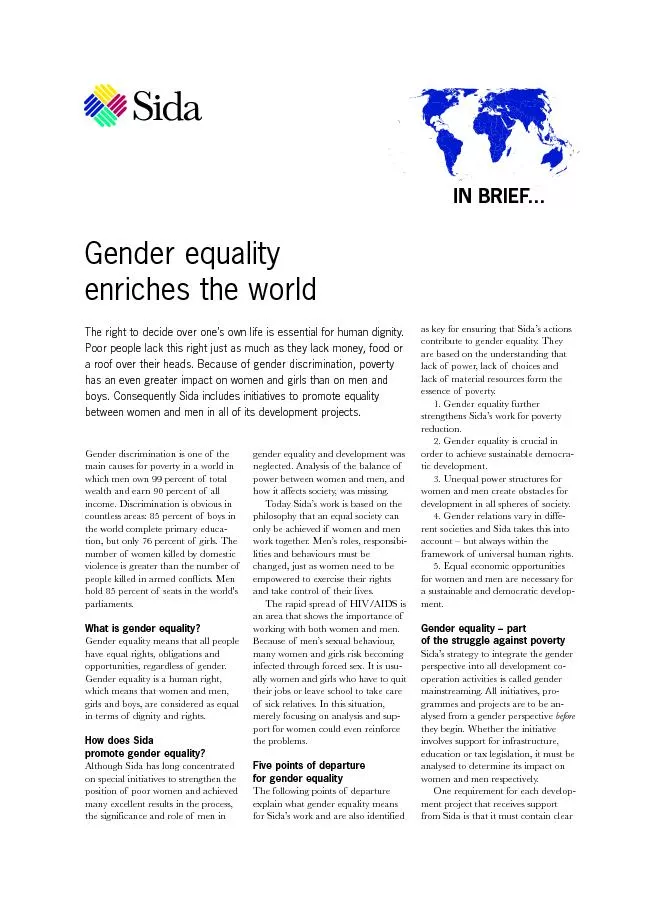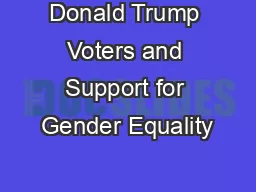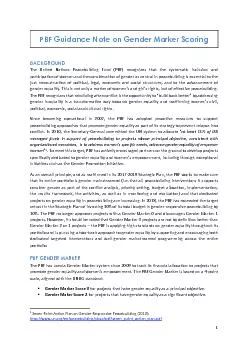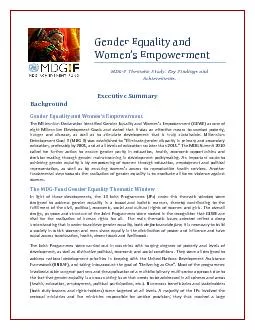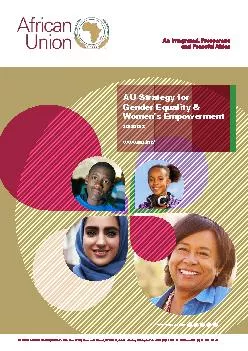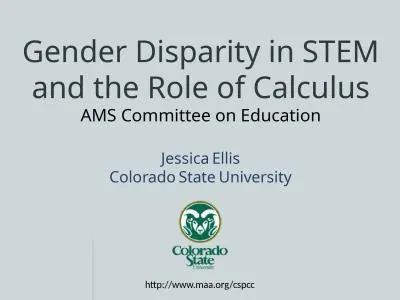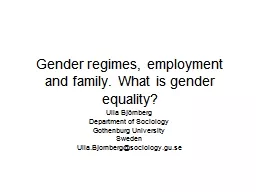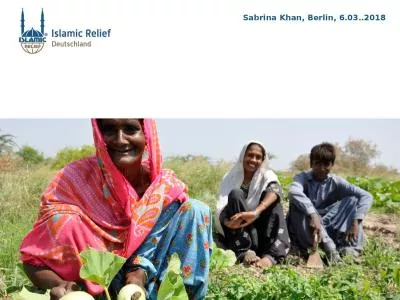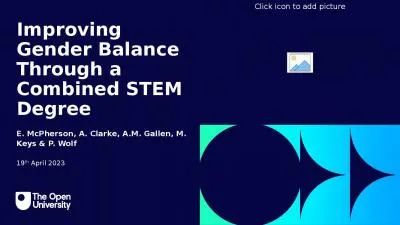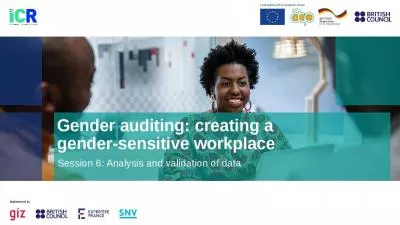PPT-Promoting gender equality in STEM:
Author : yoshiko-marsland | Published Date : 2018-01-06
UNESCO and the SAGA Project 4 October 2016 Ernesto Fernández Polcuch Chief of Section Science Policy and Partnerships Natural Science Sector UNESCO eFernandezPolcuchunescoorg
Presentation Embed Code
Download Presentation
Download Presentation The PPT/PDF document "Promoting gender equality in STEM:" is the property of its rightful owner. Permission is granted to download and print the materials on this website for personal, non-commercial use only, and to display it on your personal computer provided you do not modify the materials and that you retain all copyright notices contained in the materials. By downloading content from our website, you accept the terms of this agreement.
Promoting gender equality in STEM:: Transcript
Download Rules Of Document
"Promoting gender equality in STEM:"The content belongs to its owner. You may download and print it for personal use, without modification, and keep all copyright notices. By downloading, you agree to these terms.
Related Documents

